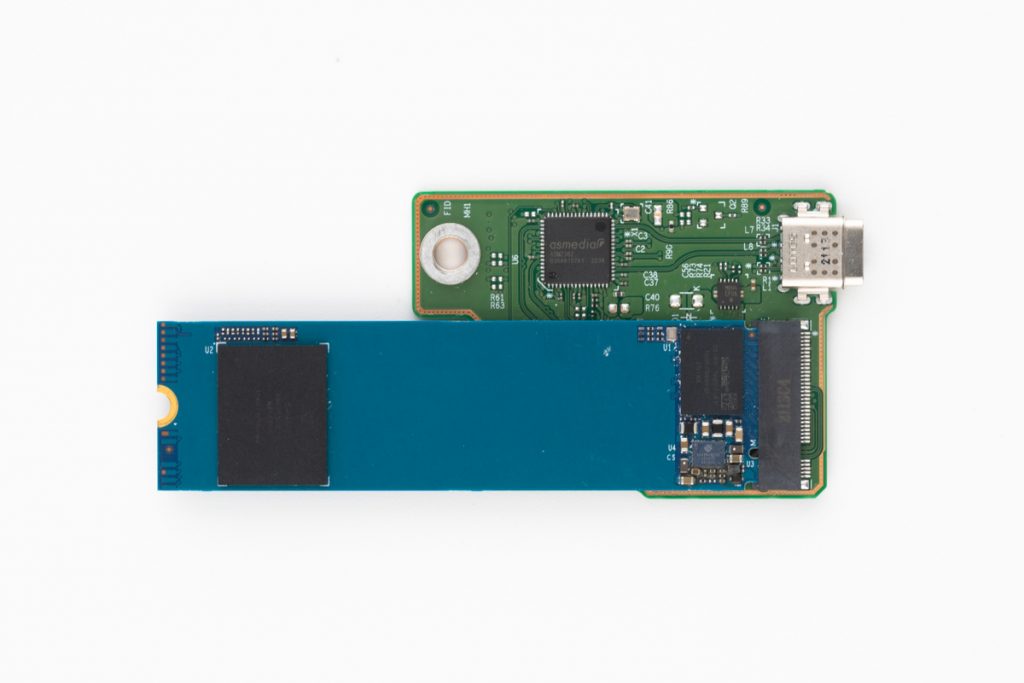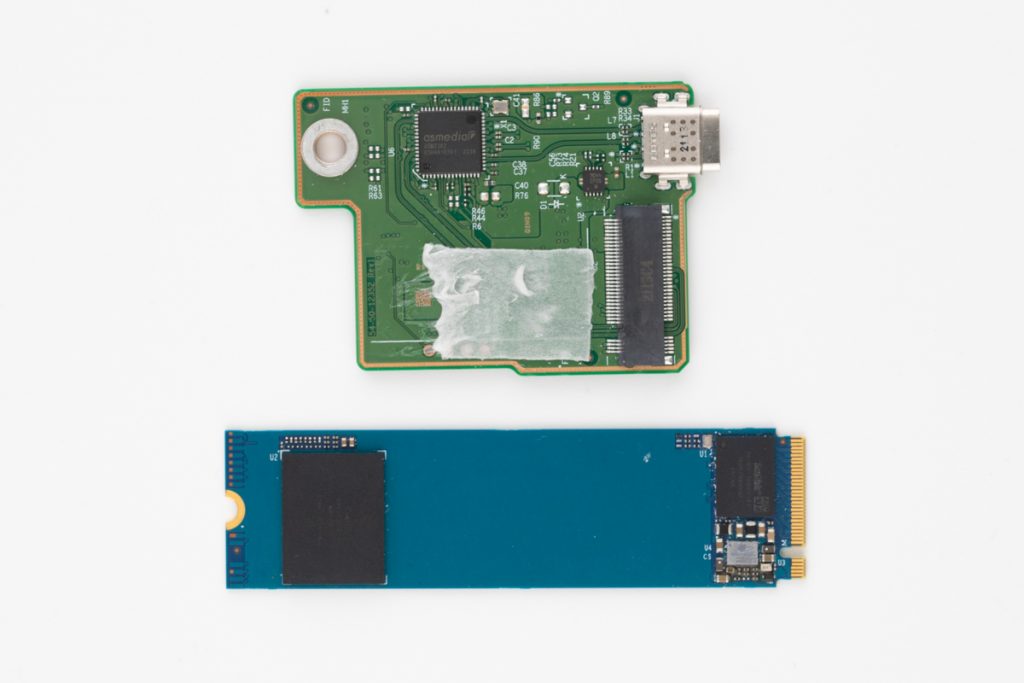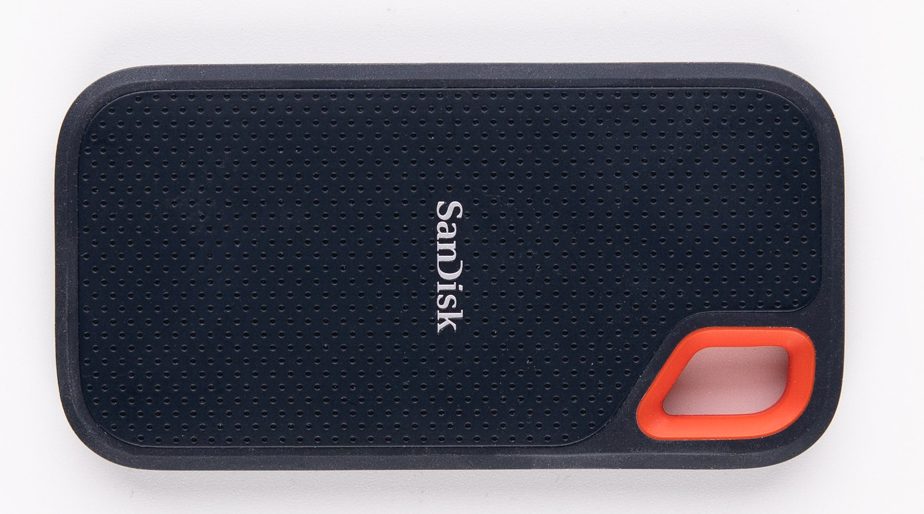Solid-state drives have many advantages over conventional hard disk drives, so they are increasingly used as system drives. If the drive is not detected or the files recorded are damaged, then you are facing a severe problem with your SSD. Our laboratory specialists are here to help you restore the lost information.
SanDisk SSD Data Failure
If the SSD is faulty, then in order to recover data from it, it is necessary to transfer all memory chips to a special hardware device, read their contents, and decrypt them with special key decryptors, turning them into data. Our engineers with years of experience successfully handle this process and achieve maximum results.
The Reasons for Data Loss Are Usually
- Typical Causes of SSD Data Loss
- Natural Wear of SSD Memory Cells.
- Physical or Electrical Damage, Breakdown
- Software Failures Resulting in Data Corruption and Loss
In some cases, depending on the type of malfunction, it is possible to repair and restore the SSD while preserving all the data on it. In such a case, you must work on the device very precisely, as your goal is to gain access to the contents of the media without bypassing its interface. Hence, engineers provide access to the data, but still, the drive can not be repaired. That is, the device itself will subsequently remain in the same state.
This method is very risky, as they lead to a change in the physical state of the device. Only trained professionals with particular data decrypting tools can perform this process on failed SSD.
SanDisk SSD Memory Controller Failure
Recently we received a data recovery request for an external SanDisk SSD. The customer was trying to transfer his files on the drive, but a malfunction in the electrical system shorted the solid-state drive. He could not further transfer his files, and the backed-up files became inaccessible. After researching, he decided to entrust his device to PITS Global Data Recovery Services and sent the SSD for our evaluation.

As soon as we received the device, our engineers started the data retrieval process. They unsealed the drive in our ISO Certified Class 10 Cleanroom and checked its components.
Our data recovery experts noticed that the memory controller was damaged, but the NAND chips were unharmed. The memory controller damage means that after extracting the data from NAND chips, we must decrypt them.
The SSD controller, also known as the NAND memory controller, is the brain of the drive. It is its intellectual component, and It communicates with the computer controller interface – SATA, PCI-E, USB, SAS. The controller manages the overall operation of the drive and, in particular, the process of writing data to memory cells.
SSD Files Decryption Services
Our technicians safely unsoldered the NAND memory chips and used a hardware programmer to transfer all the data to a new SSD. All the data were accessed as only the memory controller was damaged.

All the transferred files were in RAW. It is a digital image file format containing data with no structures. They became inaccessible, so the operating system could not open the encrypted files. We started the data decryption process by using our advanced decryption methods. The scripts used in this process are called a key, which lets our engineers quickly restore the file system.
We decrypted all the data and transferred it from the encrypted hard drive to a brand-new SSD. After the client reviewed all the restored files and approved them, we shipped the drive back to him.
With years of experience and cutting-edge data recovery tools, we maintain the highest in the industry, a 99% success rate for recovering lost data from various storage devices. Our highly trained engineers will recover lost data securely and professionally. Contact PITS Global Data Recovery Services at (888) 611-0737 to request professional SSD, HDD, or RAID data retrieval solutions. We will gladly help you with any data loss scenario you face.
